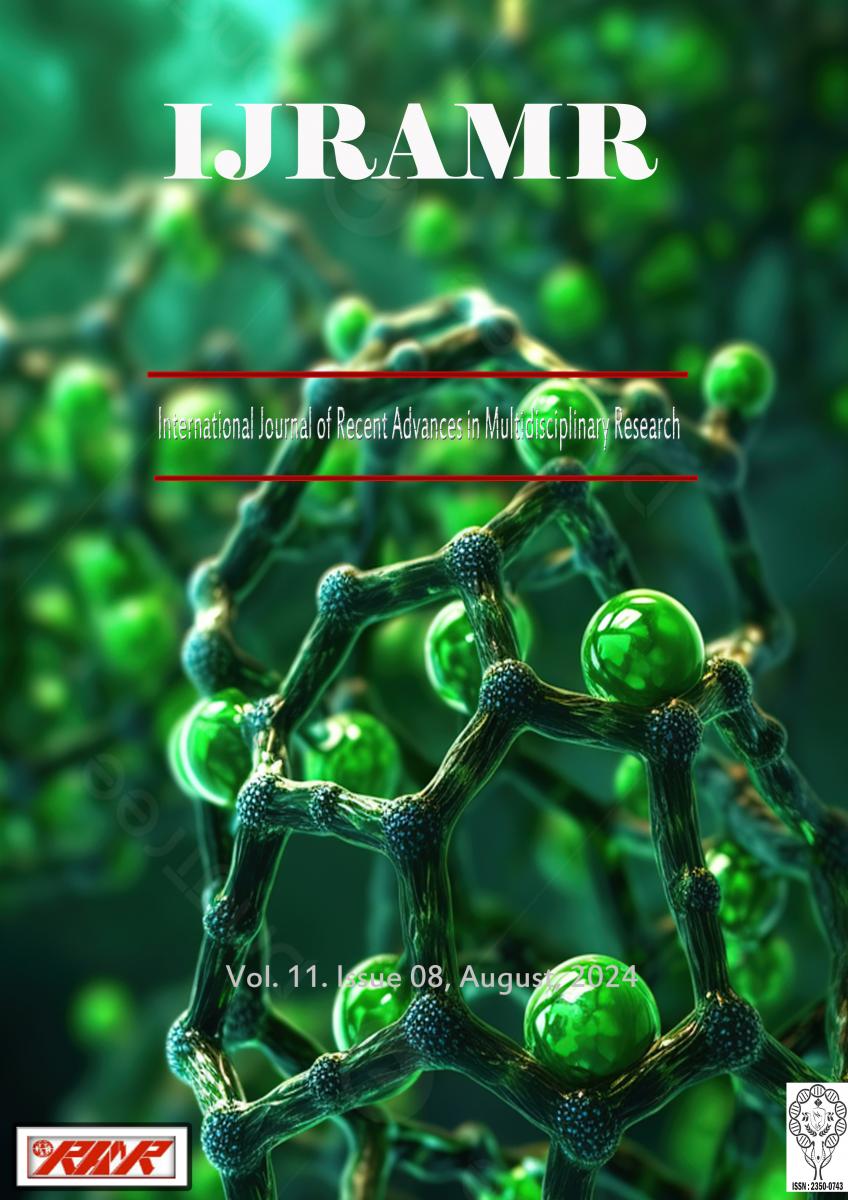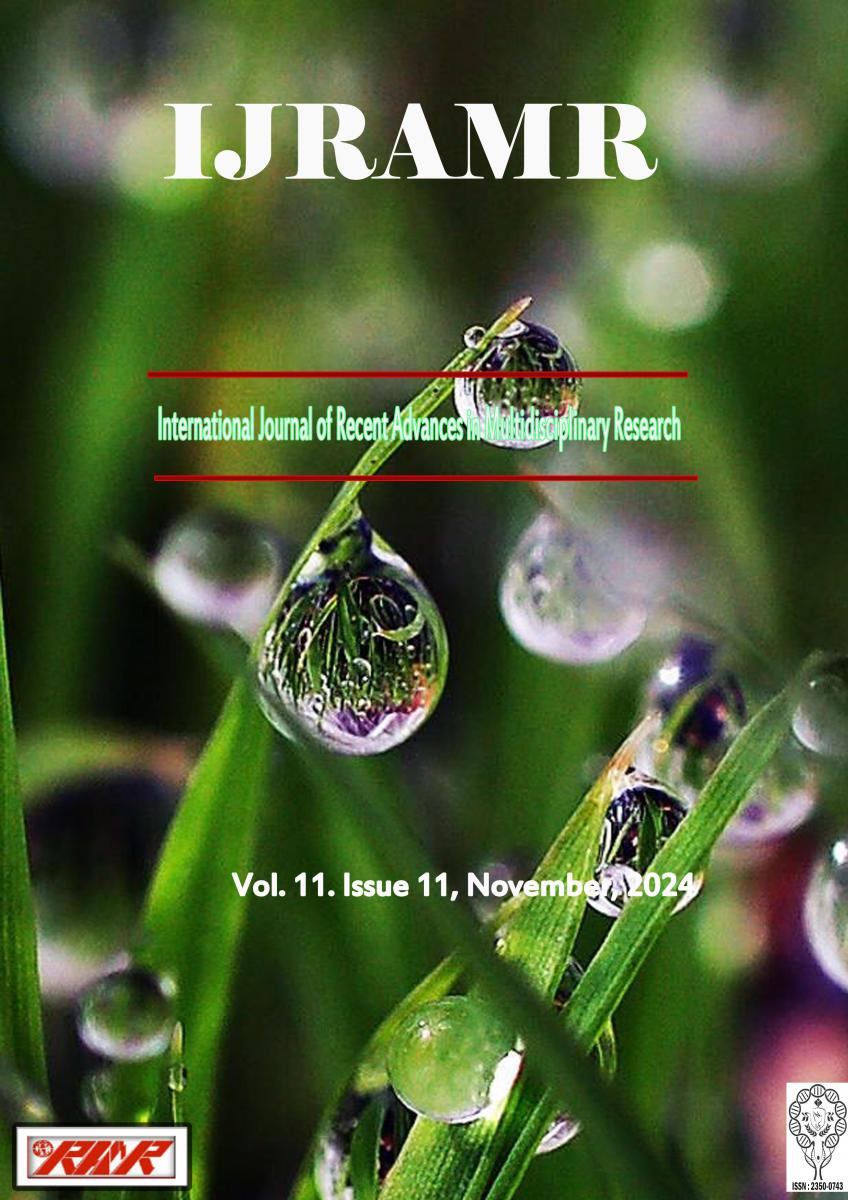The detection result of acoustic monitoring was compared to visual observations in a 4-D seismic survey. Data was collected on board The MV Osprey Explorer (Seabird)cruising at the speed of 4.6 ±4 nautical miles. Dedicated Marine Mammal Observers (MMO) and Passive Acoustic Monitoring (PAM) Operators undertook visual observations for marine mammals and turtles, and acoustic observations for marine mammals respectively for a period of seventy (75) days.441 hours 29 minutes of visual watches and 433 hours 36 minutes of acoustic detection effort was logged by MMOs and PAMs respectively, covering approximately 583km2 in water depths ranging from 1200 m to 2000 m. 28 sightings of 58individual whales and dolphins were recorded by MMOs, while PAMs had 53 detections. Cetaceans recorded are Megaptera novaeangliae (the humpback whale), psueudo rcinus orca (false killer whales), Globicephalamacrorhynchus (short-finned pilot whale) Tursiops truncatus (Bottlenose dolphin), Delphinus delphis (Common dolphin), Sousa teuszii (Atlantic hump-backed dolphin), Stenella attenata (Stenella attenuate), some unidentified delpninids and the Green turtle (Chelonia mydas). While there were similarities in the detections by both methods there were also some noticeable contrast. There was no significant difference in the detection rate of animals.(p=0.05). However, there is a significant difference between the number of whales detected acoustically (p=0.05,) compared to those detected visually. These differences are likely, because most large whales often spend a greater part of their time under water and may exhibit avoidance behavior. The result demonstrates how the strengths and weaknesses of these two approaches complement each other.






